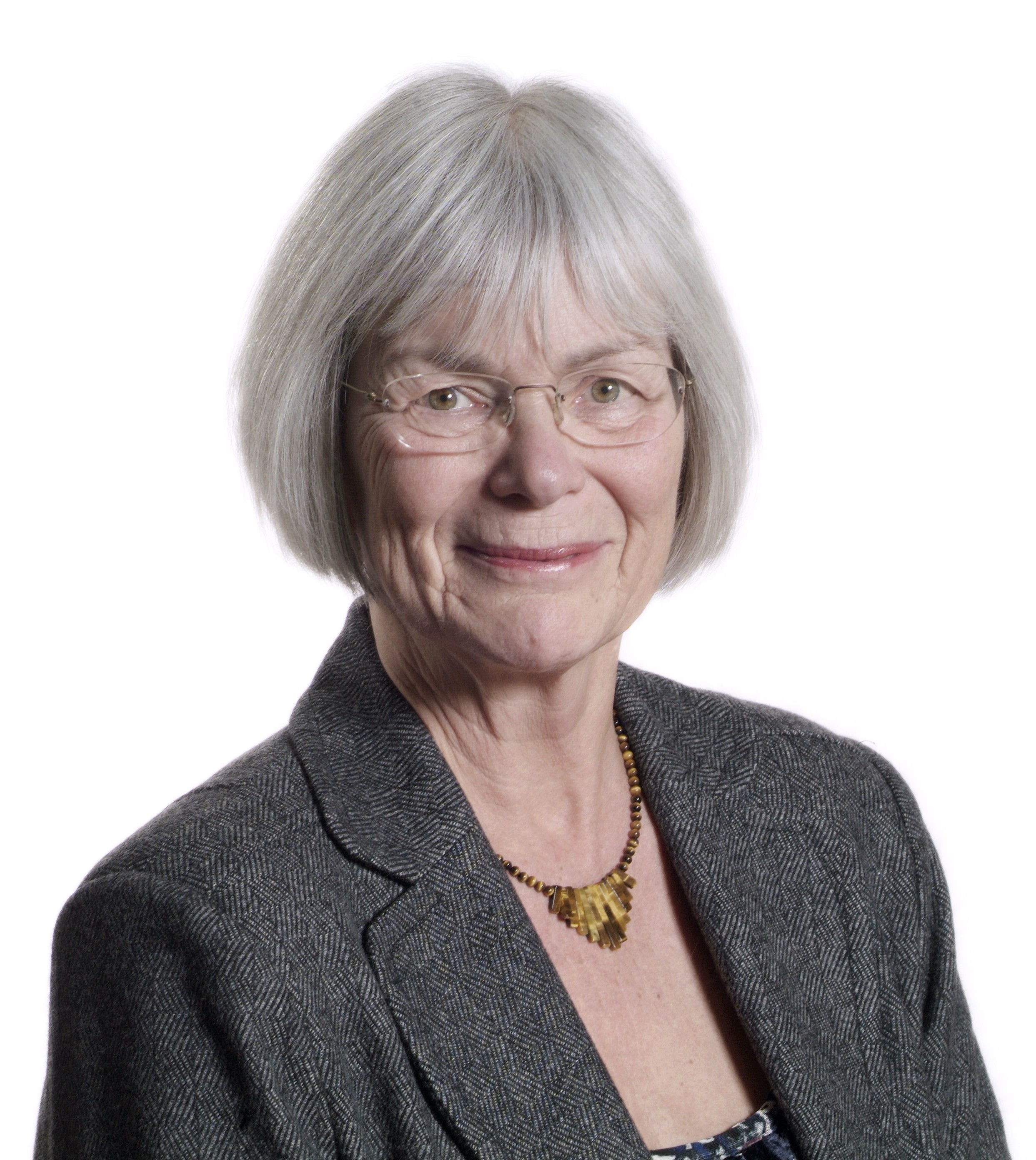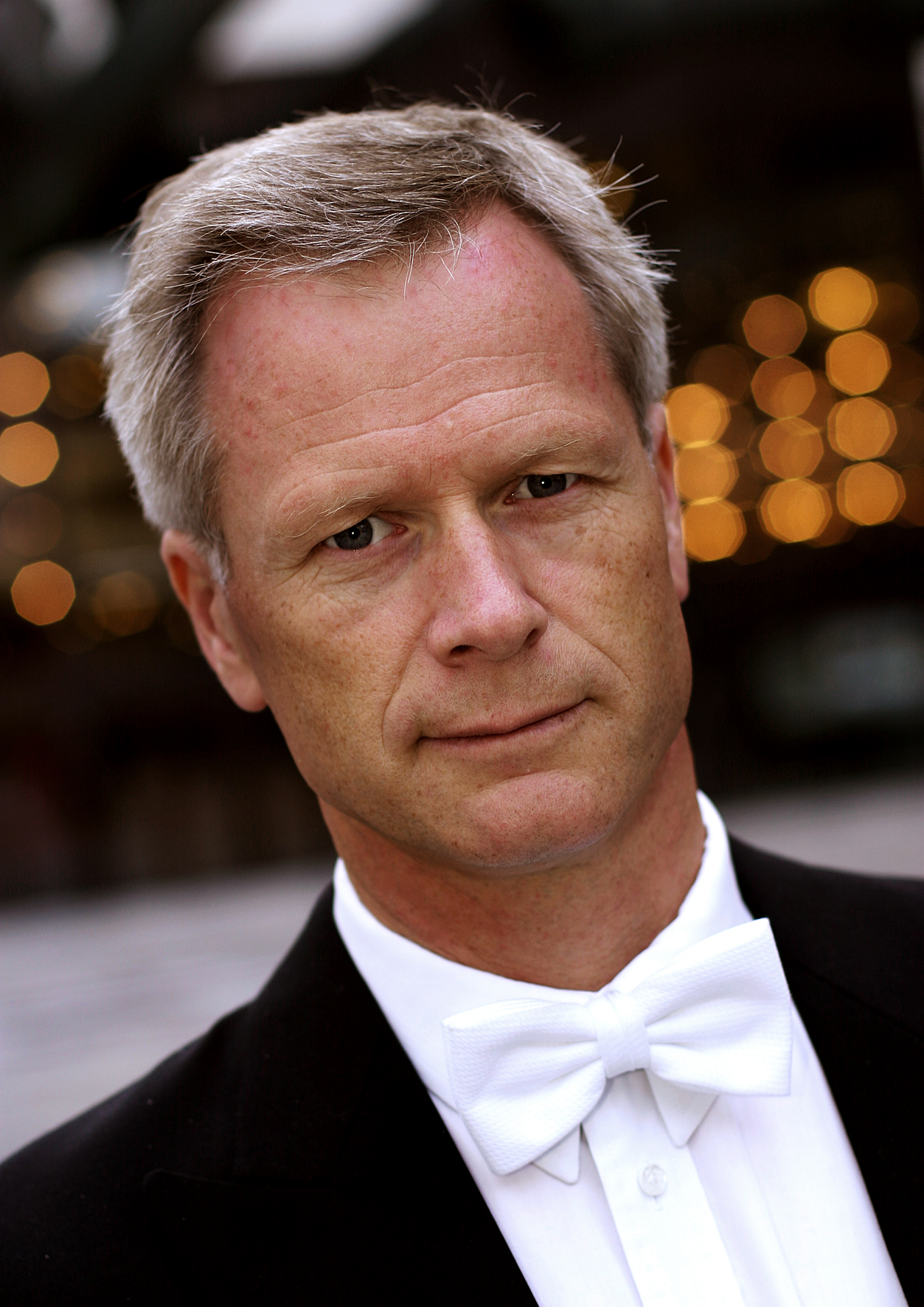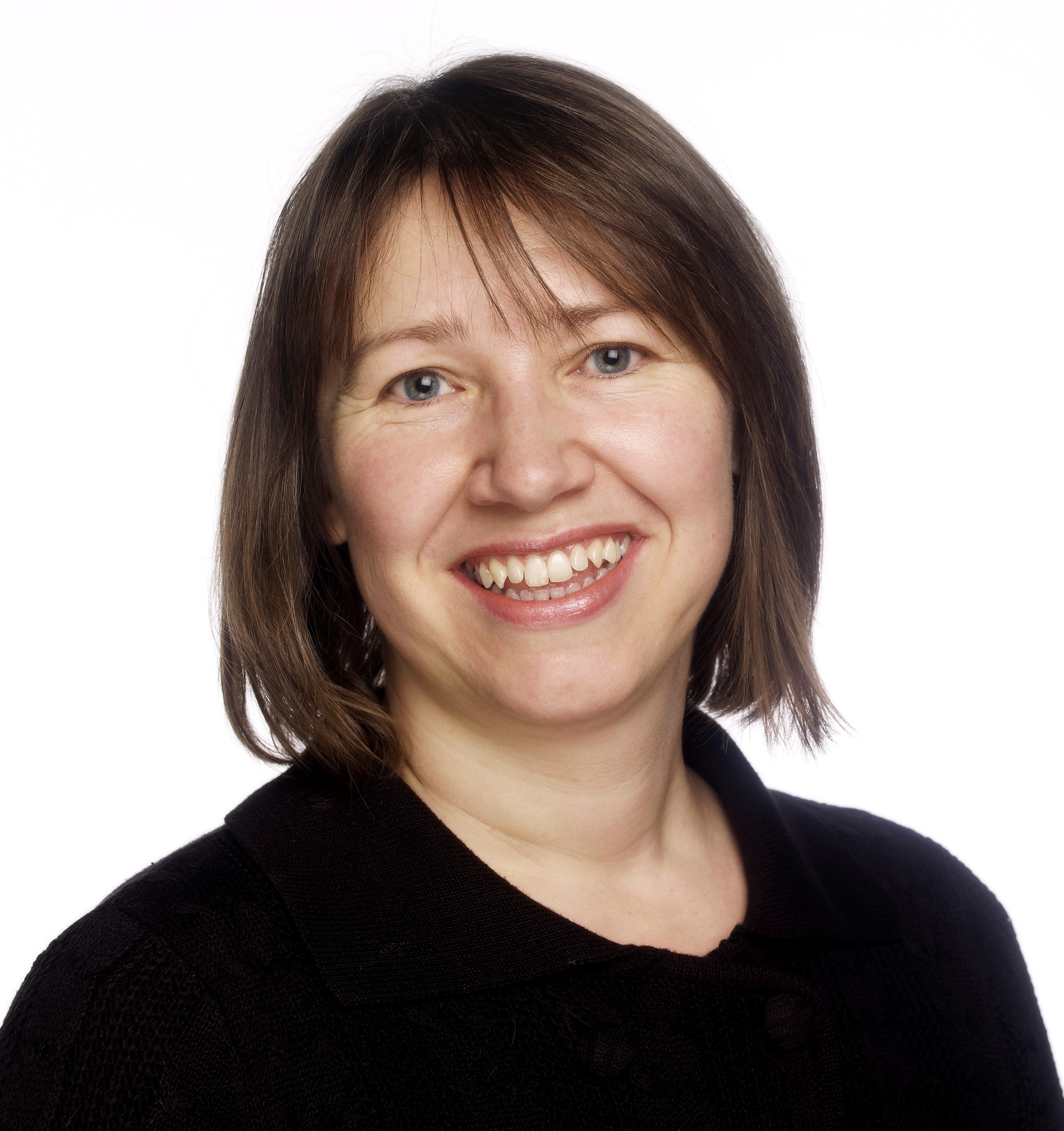Inharmonic gender balance at the Academy of Music
In 2007, the rector of the Norwegian Academy of Music said the institution would implement measures to improve the uneven gender balance among academic employees. He cited figures showing that only three professors were women while 41 were men. Now as 2011 draws to a close, only seven professors are women and 53 are men. Minister Tora Aasland is not pleased.

“We can confirm that there are 53 male professors and seven female professors,” says Anders Eggen, head of the Department of Communication and External Contact at the Academy. “One of our female academic employees was promoted this year, so we have eight women in top-level positions. There are no plans to appoint more male professors this autumn,” he adds.
“They need to get their house in order,” says Minister of Research and Higher Education Tora Aasland. “We have required them to have an action plan for gender equality, and I expect this to be followed up.”
In accordance with Proposition 1S (2010-2011) to the Storting, universities and university colleges are required to draw up action plans for gender equality to increase the number of women in higher academic positions. Earlier this year the Ministry of Education and Research also sent out a reminder that the institutions have an obligation to work for gender equality.
Very disappointing
“An increase of four female professors in four years is a very disappointing number for women at the master’s and doctoral levels who want to pursue an academic career,” says Astrid Kvalbein, a doctoral research fellow at the Academy.

“But it’s not surprising. In my experience, research fellows who have submitted their doctoral thesis often end up unemployed or go back to a part-time job, such as at the culture schools,” says Kvalbein. She adds that there are many highly competent women, but the music academy has done a poor job of recruiting them.
Sara Aimée Smiseth, a master’s student at the Academy, also sees clear inequalities in the upper levels of the system.
“There is a striking predominance of male professors compared with the gender balance among the student body, which seems to be much more evenly distributed between men and women,” says Smiseth.
Smiseth’s impression is that there is better gender balance in other fields of study in higher education than at the Academy. This is confirmed by general figures from the higher education sector which show that women on average comprised 20 percent of the professors in 2009 (NIFU).
Informal recruitment in a conservative tradition
“Most of our teachers, such as our main instrument teachers, are men. We students look up to them. It’s worrisome that an overwhelming majority of these role models are men. We need female role models,” Smiseth emphasizes.
“Why aren’t more women recruited to professor-level positions?”
“My impression is that there is a lot of informal recruitment to the Academy, not unlike other segments of the music field. Overall this is a very unfortunate situation since everything that is informal tends to work in women’s disfavour,” Kvalbein points out.
The rector blames budget cuts
The Action Plan for Gender Equality (2008-2012) for the Academy states that the institution will have “a recruitment policy that promotes good gender balance in all position categories”. It appears that this policy has not been put into practice.
“It is absolutely essential that they make an all-out effort with their gender equality activities,” Aasland emphasizes. “Not only by adopting an action plan, but by following it up as well.”

“We can safely say that a lot of work remains to be done in this area,” says Eirik Birkeland, the Academy’s rector. “Several professors have retired, and we are in the midst of a generation shift. But the Academy has been in a period of major budget cuts. We’ve been forced to reduce the number of person-years, which means we have hired very few people.”
“It’s difficult to change the gender balance under conditions like these since it restricts to a certain extent what we can do. Now, however, our budget is in balance,” says Birkeland.
“What will you do in the future to promote gender equality”?
“We have to identify concrete measures that will improve the gender balance. We will draw up a new action plan with new measures.”
“When?”
“The plan will be effective from 2012,” says Birkeland.
New concrete measures to recruit women
Early next year, the Academy will establish a new gender equality committee, which will be headed by Professor Siw Graabræk Nielsen, currently the Academy’s director of research.

“The committee is new, so they will have to determine what they need to do when that time comes. But what I can say is that many good measures have been recommended by institutions such as Bergen University College, which won the Gender Equality Award last year. We will be looking more closely at several of these measures, including the mentoring scheme, career planning programme and use of search committees.”
“But first I will gather information to find out where the gender balance is most uneven. Numbers and statistics can give a skewed picture, so it will be important to calculate gender balance in relation to person-years rather than bodies,” Nielsen emphasizes.
“It will also be a challenge to even out gender differences at the various levels and departments where the imbalance is greatest. This is a complex field,” Nielsen points out.
Enhance women’s status in the music field
Master’s student Smiseth also understands the complexity of the situation, and wants to see cohesive thinking applied to gender recruitment.
“There is an underlying assumption that female composers are not as good, but composers who are part of the canon, such as Schubert, could also create some inferior works,” she says. “We need to do a better job of bringing female composers and performers to the forefront.”
Nielsen agrees with her.
“We should look at how much music is performed by female musicians, for example, but we also need to increase the percentage of visiting lecturers and authors on the course syllabi who are women. This is one way we can increase the number of female role models.”
Entire institution must take ownership
“A major challenge is that a focus on improving the gender balance can quickly turn women into a category of applicants that receive special treatment, and the issue of gender equality gets put on the sidelines. What do you think about that?”
“Most importantly, it is crucial to design targeted, strategic measures that actually make a difference, but to achieve this it is essential that the entire institution buy into the issue,” says Nielsen.
“Gender equality is not only a job for the Gender Equality Committee, and not only for women. The goal is that the entire organization will take ownership of the gender equality problem,” she concludes. Her views are supported by the Minister of Research and Higher Education.
“It all comes down to good personnel policy. We typically find a high percentage of women at the middle management level, but very few women at the highest level. But it doesn’t help either to just place women at the top. We also need to recruit women at all levels,” says Tora Aasland.
A national problem
“The Norwegian Academy of Music is probably one of the institutions with the farthest to go before it achieves gender balance, but unfortunately we are seeing pronounced gender imbalances in other institutions as well,” says Aasland, who adds that this problem is being addressed.
“We had a provision in the Act relating to universities and university colleges that allowed us to earmark academic positions for women, but a complaint was filed with the EFTA Surveillance Authority, which is the EU’s legal body that ensures compliance with the EEA agreement, and the provision was shot down. We are continuing our efforts to reintroduce this provision, but until then we have to restrict ourselves to the instruments available today,” says Aasland.
Translated by Connie Stultz.
See the links below for Norwegian Academy of Music’s Action Plan for Gender Equality, Proposition 1S (2010-2011) to the Storting (section 3.7 on gender equality), and information about the Gender Equality Award presented by the Ministry of Education and Research.
